Solution To Uninstall (866) 437-9302 Pop-up from Windows 10
Insight on various infections like (866) 437-9302 Pop-up| Spyware | Spyware.GuardMon, Keylogger.MGShadow, Contextual Toolbar, Trojan-PSW.Win32.Delf.gci, Modem Spy, WinXProtector, Gav.exe, Tool.Cain.4_9_14, Scan and Repair Utilities 2007, Real Antivirus, Boss Watcher, Spie, Adssite ToolBar, Application.The_PC_Detective, WinTools |
| Browser Hijacker | Tracking999.com, FindSearchEngineResults.com, Envoyne.info, scanandrepair.net, Easya-z.com, Nexplore, Searchcore.net, Security-pc2012.biz |
| Adware | FileFreedom, Adware.ezlife, MyWebSearch.s, Donnamf9, Netguarder Web Cleaner, MyWay.a, NowBox, DBestRelief |
| Ransomware | VindowsLocker Ransomware, Ai88 Ransomware, .MK File Extension Ransomware, .trun File Extension Ransomware, Barrax Ransomware, Sitaram108 Ransomware, Donald Trump Ransomware, Jigsaw Ransomware, CryptoFortress, Smash Ransomware, Exotic Ransomware, Unlock26 Ransomware, MasterBuster Ransomware, Bundesamt für Sicherheit in der Informationstechnik Ransomware, Hitler Ransomware, UnblockUPC Ransomware, mkgoro@india.com Ransomware |
| Trojan | I-Worm.Kazus.a, VBInject.IQ, Virus.Injector.BL, Untracer Trojan, Trojan.GenericKDZ.14575, PokerAgent, Trojan.Spy.Banker.AKW, VirusRanger, VBInject.JZ, Sirefef.Y, tt4cci2p, Bebars, Mal/Bifrose-Z |
Efface (866) 437-9302 Pop-up Tips For
A threat like (866) 437-9302 Pop-up damage the whole System and make other install program unresponsive. This threat is very risky for the all Windows version including the newly released Windows 10 System. The malicious mind behind the creation of this (866) 437-9302 Pop-up threat is used to hamper more and to steal useful resource from the infected System. On every web browser there is option to save password, this is done for the user convenience. The hacker will attack on those web browser, mainly on the default one to collect those saved password. It can be off your social account, email, or even on banks.
Which is the reason you must Uninstall (866) 437-9302 Pop-up virus from your infected System. Moreover this threat will compromise the security program of the infected System, which allow other harmful threat to enter. As the System is already infected with (866) 437-9302 Pop-up, therefore the other threat will surely damage all the functionality of your System. Which is why you must need to Uninstall it.
Step 1 : Uninstall (866) 437-9302 Pop-up From Web Browser
Step 2 : Reset Your Browser Settings To Uninstall (866) 437-9302 Pop-up
Step 3 : Uninstall (866) 437-9302 Pop-up From Task Manager
Step 4 : Uninstall (866) 437-9302 Pop-up From Registry Editor
Step 5 : Uninstall (866) 437-9302 Pop-up Through Control Panel
Step 6 : Start Your PC in Safe Mode With Networking To Uninstall (866) 437-9302 Pop-up
Step 1 : Uninstall (866) 437-9302 Pop-up From Web Browser
Uninstall From Google Chrome
- To open Menu click on 3 Horizontal icon top right corner of Chrome Browser.
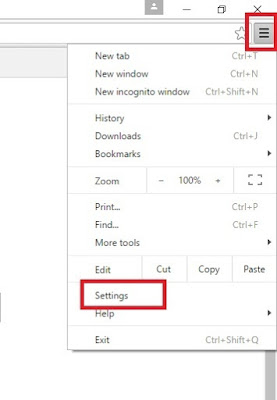
- A drop Down list will open >> select the Settings/ Extension option.
- If Settings panel get open >> then click on Extension Tab.

- If Extension Windows will be open select the malicious extension from the list.
- Then finally click Trash / Recycle icon to Uninstall (866) 437-9302 Pop-up from Google Chrome.
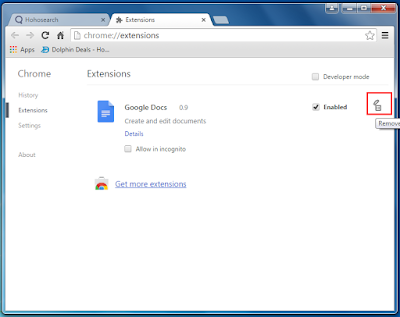
Uninstall From Internet Explorer
- Select the Tools button from Internet Explorer.
- On the Tools section select Manage add-ons.
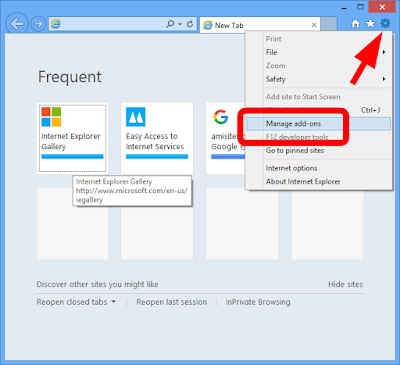
- From the Add-ons list, select the add-on you want to turn off/remove.
- The Select Disable option .
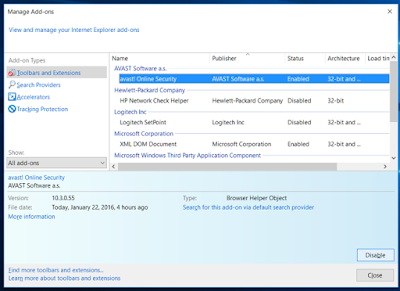
- Now Finally Restart The Internet Explorer to Uninstall (866) 437-9302 Pop-up.
Uninstall From Mozilla Firefox
- Click Menu Button then choose Add-ons.
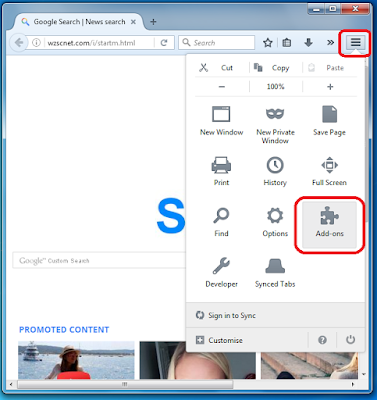
- Now the Add-ons Manager Tab will open.
- Here you need to select the Extensions or Appearance panel.
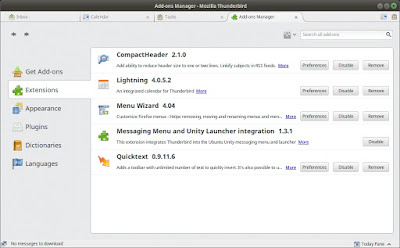
- Then simply select the add-on from list you wish to remove.
- Now click on the Uninstall button.

- Finally Restart the Mozilla Browser to Uninstall (866) 437-9302 Pop-up.
Uninstall From Microsoft Edge
- Select More option to open the menu on Microsoft Edge.
- Then select Extensions from the Menu drop down list.
- On the Extension right-click on it to Uninstall.

- Now click the Remove button.
- Finally Restart the Microsoft Edge Browser to Uninstall (866) 437-9302 Pop-up.
Reset Google Chrome
- Click on Menu from right corner of Chrome Browser.
- A drop list will appear, select Settings from here.

- When Settings panel will appear >> go to search box.
- On Search Box type RESET.
- Click the Reset button when confirmation Pop-up Windows will appear.

- This will Uninstall (866) 437-9302 Pop-up from Google Chrome Browser.
Reset Microsoft Edge
- Click the three horizontal dots to open the Settings menu.
- Then choose Settings option from here.
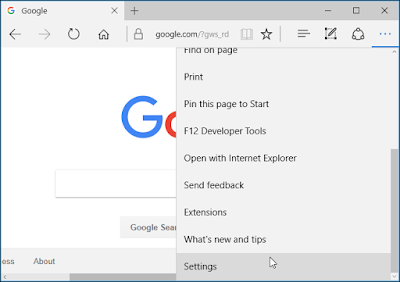
- Then under Settings section click on Clear Browsing Data.
- Here click on Choose what to clear >> then click Show more.
- Select all and click Clear.

- Restart your Microsoft Edge to Uninstall (866) 437-9302 Pop-up.
Reset Internet Explorer
- Click on Tools menu and select Internet Option.
- Click on Advance tab and then hit the Reset button.

- Find Delete Personal Settings option and press Reset Button.
- Restart your Internet Explorer to Uninstall (866) 437-9302 Pop-up.

Reset Mozilla Firefox
- On Mozilla Firefox click Menu option and then press Help option.
- Select Troubleshooting Information option.

- On this panel click on Refresh Firefox button.
- Press Refresh Firefox to complete the process.
<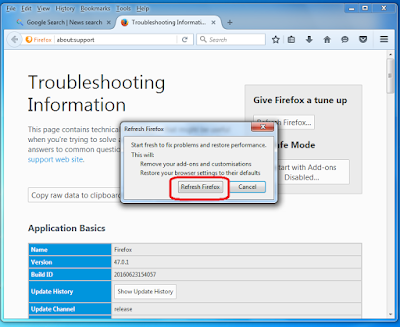

- This will Uninstall (866) 437-9302 Pop-up from Mozilla Firefox.
- Right-click on task Bar and select Task Manager.
- Press ALT+Ctrl+Del buttons to open Task Manager.
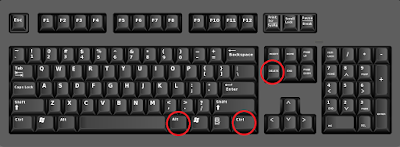
- When Task Manager will open select the Malicious Task.
- From here click on End Task button to Uninstall (866) 437-9302 Pop-up.

- Press Win + R keys together to open Run Command.
- Type regedit and click OK or Hit Enter.

- Find and Uninstall all related registry files of (866) 437-9302 Pop-up.
- HKEY_LOCAL_MACHINESYSTEMCurrentControlSetServicesWpm
- HKEY_CURRENT_USERSoftwareMicrosoftInternet ExplorerMain “Default_Page_URL”
- HKEY_LOCAL_Machine\Software\Classes\[name]
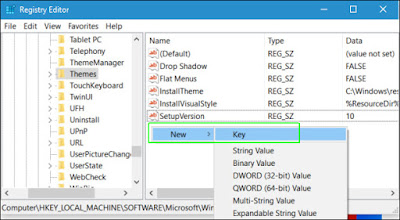
Uninstall (866) 437-9302 Pop-up From Windows XP
- Click on Start menu and select Control Panel.
- Now press on Add or Remove programs option.
- Find and Uninstall unwanted program from your PC.
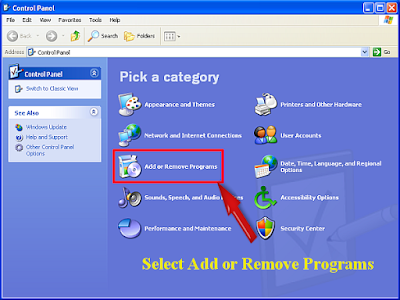
- Then Restart your PC to Uninstall (866) 437-9302 Pop-up.
Uninstall (866) 437-9302 Pop-up From Windows 10
- Click on Start then select Settings option.
- From Settings section choose System option there.

- The click on Apps and Features option.
- Here select the unwanted program and remove from your PC.

- Restart your PC to Uninstall (866) 437-9302 Pop-up.
Uninstall (866) 437-9302 Pop-up From Windows 8
- Press Win+R button to open Run Box on your computer.
- Type control panel in Run window and hit Enter button to open Control Panel.
- Click Uninstall a program.
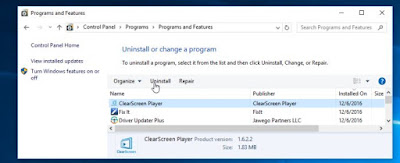
- From this Windows Right-click on (866) 437-9302 Pop-up to remove it.
- Restart your PC to Uninstall (866) 437-9302 Pop-up.
Uninstall (866) 437-9302 Pop-up From Windows 7
- Select Control Panel Option from Start menu.
- Select Uninstall A Programs option from the Programs menu.
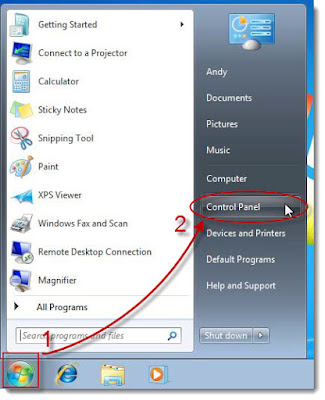
- Finally select and Uninstall unwanted program from your system.
- Then restart your PC to Uninstall (866) 437-9302 Pop-up.
Start Windows XP/Vista/7 In Safe Mode To Uninstall (866) 437-9302 Pop-up
- To Restart >> Click on Start menu >> select Restart button.
- Continue press F8 button until you don't see the Advance Boot Option.

- On Advance boot menu >> select Safe Mode With Networking Option.
- The press Enter button.

Start Windows 8/10 In Safe Mode To Uninstall (866) 437-9302 Pop-up
- To Restart >> Click on Start menu >> press Shift key and the hit Restart button.
- Now as the screen show >> select Troubleshoot option.
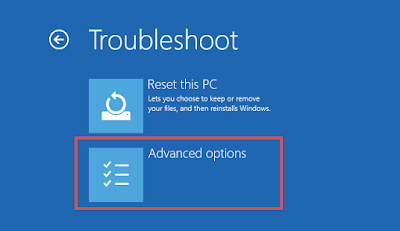
- On the next panel you need to click on Advanced Options.
- The again on new section choose Startup Settings option.

- From here select Enable Safe Mode option and the click Restart button.


No comments:
Post a Comment